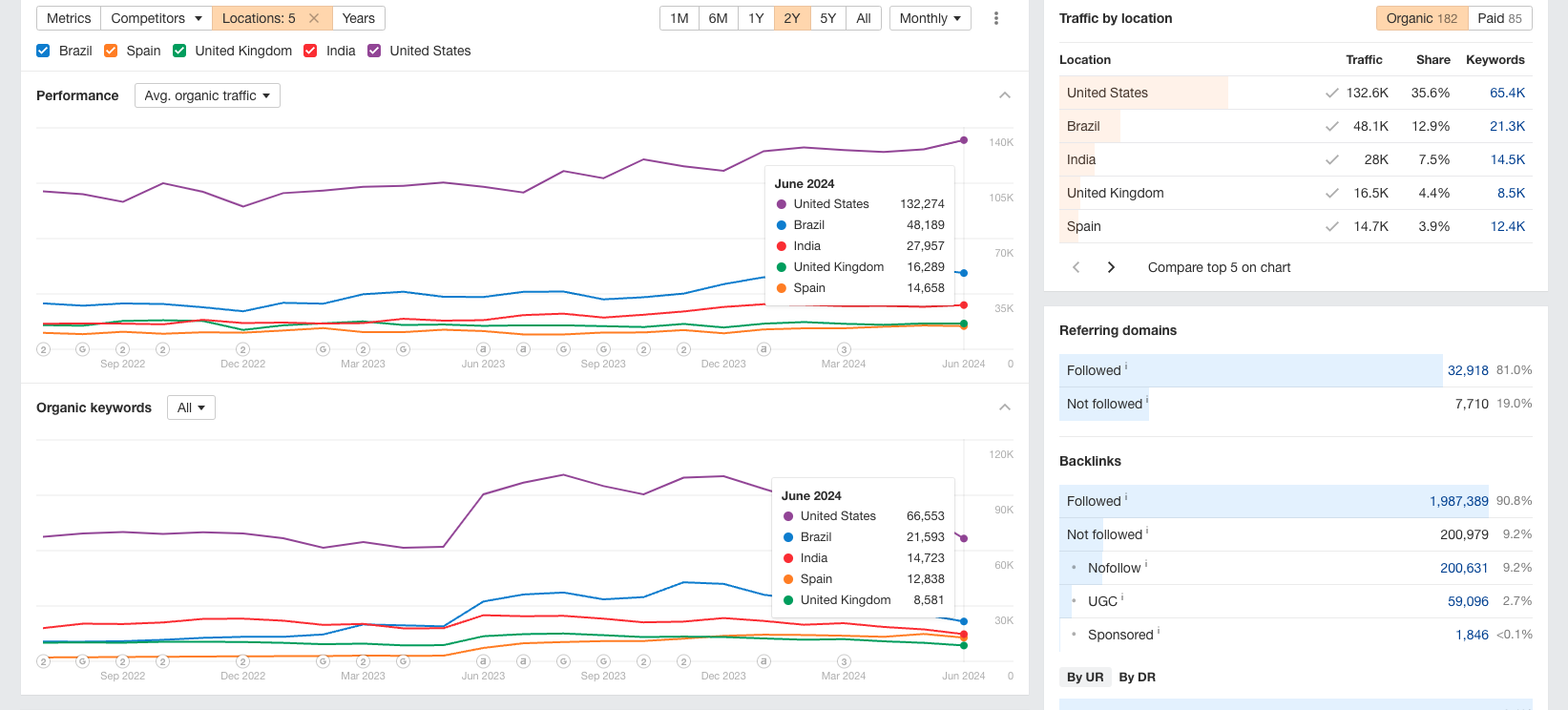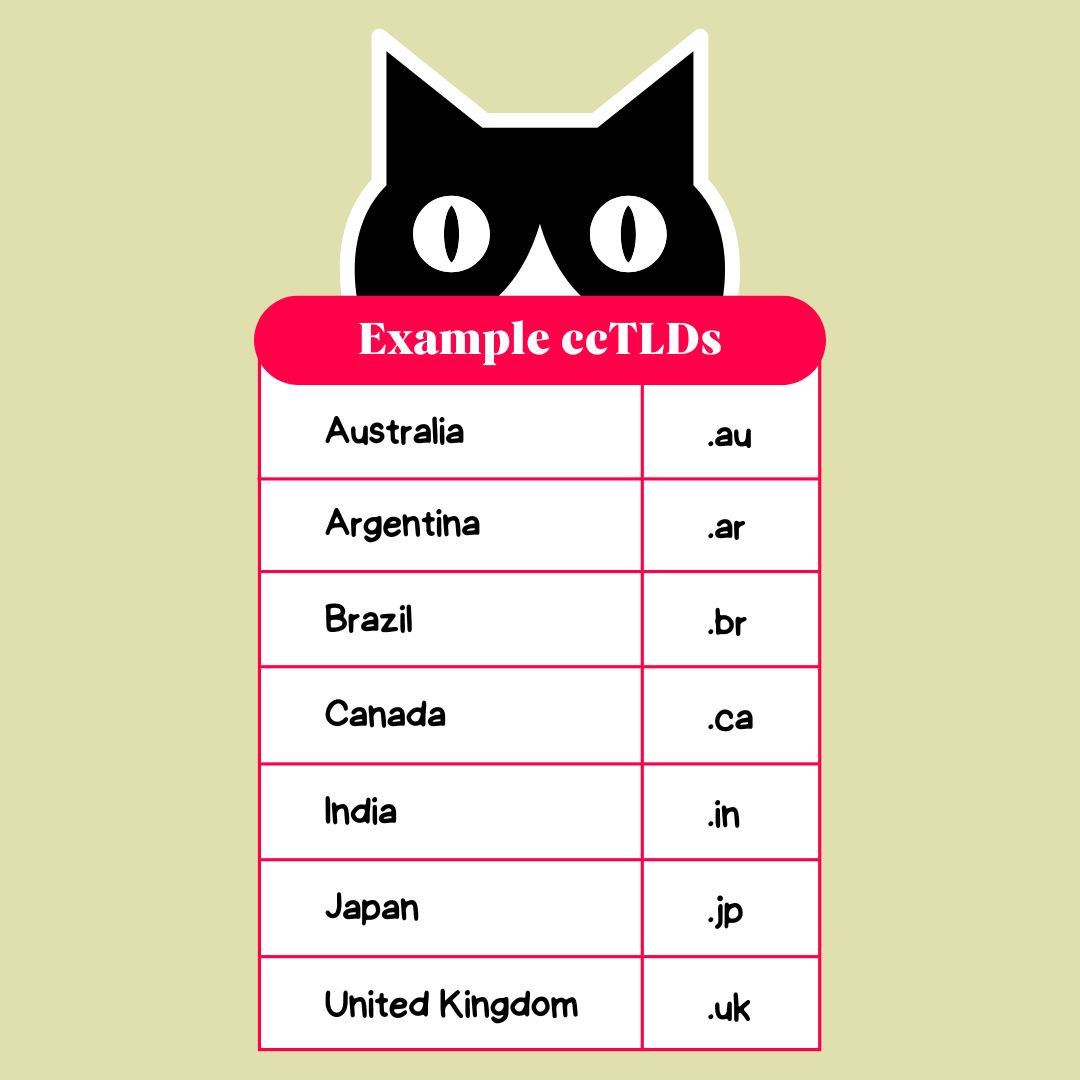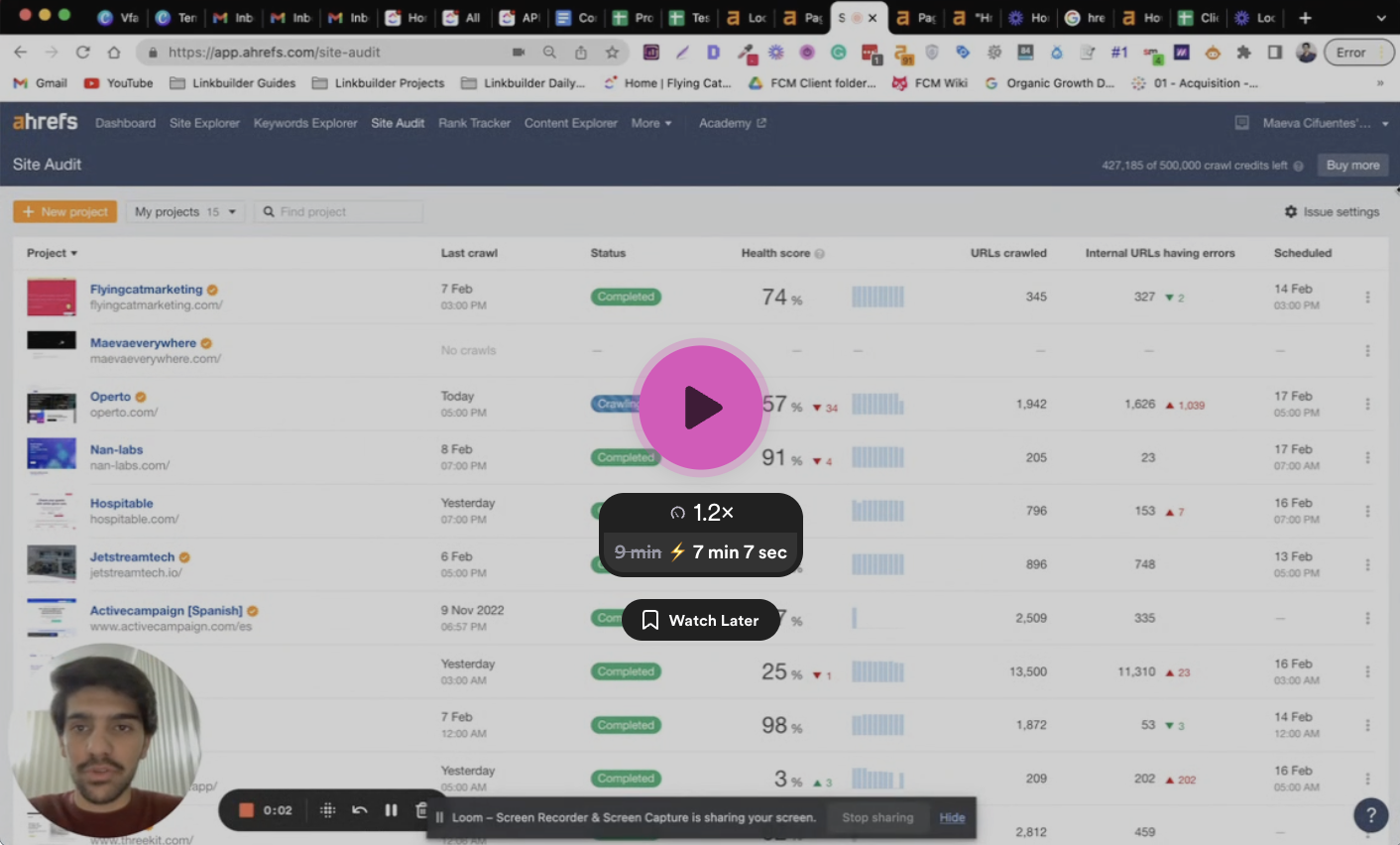When Cady Heron transfers to an American high school after years living in Africa, she learns an important lesson: Just because you can speak the language, doesn’t mean you get the culture… (that, and “on Wednesdays, we wear pink”).
A strong international SEO strategy is much more than just a translation exercise. It’s about having a deep understanding of your target market, its culture, and behaviors. It’ll help your website rank in multiple languages, across different regions, and (most importantly) penetrate international markets.
For this article, I spoke to international SEO specialists, Leticia Prada Cañizares and Laura Köcher, to find out what makes a great strategy. You’ll also get insights from Will Yang, Head of Growth and Marketing at Instrumentl.
By the time you’re done reading, you’ll be armed with best practices for developing and implementing a robust international SEO strategy that gets results in a global market.
How to develop your international SEO strategy
Sure, it takes time for every version of your site to build topical authority, rise up the SERP, and gain traffic. So, be prepared because all search engine optimization is a long game.
But, when you get it right, international SEO is worth the additional resources. We know this from working with clients like ActiveCampaign, who saw incredible results in just eight months.
Read the case study 👉 How ActiveCampaign Got 83k More Clicks and 4.1M More Impressions In 8 Months
Here are eight recommended best practices to get your strategy on the right track.
1. Know for a fact you’ve got product-market fit
“A lot of products don’t work in different regions,” says Leticia Prada Cañizares, International SEO Content & Outreach Specialist. She recalls working with a client in finance that had key pages talking about credit scores.
“In the UK a ‘credit score’ is a very important thing,” Leticia explains. “But that doesn’t exist in Spain. We had to remove it from the Spanish site because it doesn’t make sense at all.”
Going global might seem like the next logical step once you hit a certain amount of growth or find yourself in a saturated market. (It might even be the key to your next round of funding).
But that doesn’t mean every product is actually relevant to an international market.
It’s worth doing your research to know which products to prioritize depending on region and local language. Try using Semrush or Ahrefs to see whether your competitors are successful in other markets—and how language targeting might benefit your business.

As you can see from the Ahrefs dashboard above, this competitor is performing well in the US. Based on this data, there’s potential for expansion into Brazil and India. The client might wish to target Spain and the UK, but the latter might be of lower priority depending on the product-market fit.
2. Use market research to localize (don’t just translate)
One of the biggest international SEO mistakes we see is thinking you can just translate your site into another language and expect it to perform well internationally.
“Direct translations often ignore local idioms, cultural references, and search intent of local users,” says Laura Köcher, International SEO Specialist at ClickThrough Marketing. “This often results in awkward phrasing and can even lead to misunderstandings or offending the local audience.”
Think of it like this: French is spoken in 28 countries around the world. But all of those countries have different lifestyles, cultures, and expectations of the companies they interact with. French content that works in France might not work in Canada—or Cameroon.
Laura recalls a Swedish example: “Electrolux ran into an issue when trying to highlight their vacuum’s power in the US market with the slogan ‘Nothing sucks like an Electrolux’. [That] didn’t help their marketing efforts…”
Localization ensures that everything, from the words on the page to navigation and imagery, behaves in a way that resonates with your target audience. Be sure to:
- Do in-depth keyword research for each market. If your usual broad keywords don’t apply in the new market, find long tail keywords with less competition.
- Use technical SEO to signal authority and get your page ranking in each region (more on this later).
- Bring in a specialist team or hire an international SEO agency for support. Agencies have in-house expertise, well-oiled processes, and dedicated resources—all of which will get your content published more quickly.
“International SEO isn’t a one-fits-all approach. Depending on the market, culture, and languages, you have to take different approaches and strategies.”
— Laura Köcher, International SEO Specialist at ClickThrough Marketing.
Get expert tips 👉 Read our guide to international keyword research
4. Find out how link-building works in each region
Some people assume their regional pages will draw domain authority from the original site. But that’s not always the case.
It’s important to know how backlinking works in each region and build a good backlink profile for each version of your site. But be warned, it’s not a one-size fits all approach. Leticia remembers a client that particularly struggled to build backlinks in Japan. “In Japan, link building is seen as very dodgy,” she explains.
That’s where having a specialist team can help, as they’ll know which channels to use to get your pages mentioned. “In the UK there are many personal blogs, while in Spain the regional news dominates the whole space,” says Leticia.
Getting backlinks from regional sites will help signal to search engines which market your pages are relevant to. Use your team’s specialist knowledge of how users search in the target region to optimize your content and rise up the SERP.
“By taking a data-driven approach, you can optimize and expand your efforts in markets that are delivering results.The key is being patient—international SEO takes time, but done right, it can significantly grow your global visibility and traffic.”
— Will Yang, Head of Growth and Marketing at Instrumentl.
5. Use technical SEO for geo-targeting
Even the domain you choose plays a part in geo-targeting for SEO. “Use country-specific top-level domains or subdirectories to target different regions, as this also helps search engines understand which country or region your content is intended for,” advises Laura.
For example, if your original site uses a country code top-level domain (ccTLD) like www.mywebsite.us, that tells Google that you’re publishing content for a US market. American readers are also more likely to trust that your content is relevant to them.
However, you may need to buy domains for each additional region you wish to target. The costs could add up fast if you’re looking at a very broad international audience.

If you’re using a generic top-level domain like .com or .net, you can add a country specific subdomain or subdirectory. For example, a US subdomain looks like this:
www.us.mywebsite.com
Bear in mind that subdomains don’t get authority from the root domain (Google sees them as separate websites). You’ll need to do some manual targeting to signal what countries you serve and build authority there.
Most SEOs agree that subdirectories are the better option, since they can target both countries and languages. They’ll also consolidate all your link building efforts, maintaining domain authority across all pages. They look like this:
www.mywebsite.com/us
Next, you’ll need to localize each version of the site to fit the target market’s expectations. That means you’ll need to know how your audience search (i.e. on mobile, tablet, or desktop) and how they prefer to navigate a site. We’ll also cover the importance of hreflang tags below.
Pro tip: Creating a sitemap for each version will help you understand where changes need to be made. Laura adds: “It’s helpful having someone [from each region] to ask questions regarding navigation and site structure if you decide to complete a new site for each market.”
Laura also recommends researching the country’s internet speeds. “According to DataPandas, Cuba has a slower broadband speed which makes it even more crucial to optimize site speed when targeting users in Cuba,” she says.
6. Use hreflang tags
If you’re targeting multiple audiences and languages in one country, hreflang tags are going to help you out—a lot.
Hreflang tags look like this:
<link rel=”alternate” hreflang=”x” href=”https://example.com/alternate-page” />
These handy tags are HTML attributes that signal to search engines which variations of your page are available. That means Google can easily serve the most relevant content to your readers based on their location and language preferences.
So, for example, if you’re based in the US you might want to target the 41.3 million Spanish speakers with a Spanish version of your site. Then, as you expand into Canada, you might decide to have both French and English pages for that location.
“Hreflang tags can help prevent duplicate content issues and ensure users see the correct version of your site,” says Laura. “However, they’re only a signal (though a strong one) and can be ignored.”
That’s why it’s important to create high quality content that’s relevant to your audience. This boosts the geo-targeting signals that your hreflang tags are sending and makes sure your content gets seen by the relevant people.
Pro tip: You can use Ahrefs to audit your site and find out if you have any hreflang tagging issues. Here’s how Usman Akram, former Head of SEO at Flying Cat, does an the audit:

“You want to make sure elements like hreflang tags, separate URL structures, and geo-targeting are properly implemented so you can rank for local searches in each market.”
— Will Yang, Head of Growth and Marketing at Instrumentl
7. Deliver consistent quality for every region
You may target slightly different keywords for each region, but your international pages shouldn’t feel like an afterthought. “All regions should have the same quality as the original site,” insists Leticia. Here’s how we recommend keeping quality high:
- Don’t rely solely on machine translation. You need a human team that understands the culture and search behavior of the market. Replicating your original site with dodgy translations will only damage the authority of your regional sites. That means low rankings and poor click-through rates.
- Keep strong lines of communication. Each team or person working on separate regions needs to be able to share notes and collaborate easily. That will help your project stay agile and make the necessary changes to address each market effectively.
- Demonstrate E-E-A-T on every page. Google claims that pages will be rewarded for demonstrating Experience, Expertise, Authority, and Trustworthiness (E-E-A-T). Either way, its Quality Rater Guidelines are a good foundation for creating content people actually want to read and share.
For Leticia, working to very high standards depends entirely on having a team that really “understands the needs of the project and the different regions.”
Ideally, you’ll have a team of in-house specialists who speak the language of your target market and understand their search behaviors—whether that’s through first-hand experience or thorough customer research. But that’s not something every team can build in-house.
If you don’t have the time to build a specialist team from scratch, get on a call with Maeva Cifuentes, our CEO at Flying Cat. She’ll help you understand the needs of your project and get a quote for an agency partnership.
8. Know how to measure success
The final puzzle piece is measuring the success of your international SEO project. Here’s what to look out for in Google Search Console:
- Organic traffic from target areas is a sign your geo-targeting is working
- Rankings for local keywords indicate the strength of your keyword strategy
- Conversion rates show how relevant your content and product is to your readers
- Session length and bounce rate will tell you how engaged users are
Aside from that, your business data should be a strong indicator of success. Look for:
- More qualified leads, sales, and sign-ups in each target region
- Increased market share
- Growing revenue
- Positive brand sentiment, particularly on social media
And, if you’re not seeing results, don’t be afraid to iterate and try again. “It’s important to continuously review, update and optimize to stay on top,” says Laura. “Also being open to new trends will help massively.”
For example, if you notice that your target audience engages more with video content, it’s time to see how you can incorporate more short videos into your website and social media.
“To measure success, track your organic traffic and rankings in each target country over time. I aim for at least a 20% increase in organic traffic and a 5-position jump in key rankings within 6 months for a campaign to be considered successful.”
— Will Yang, Head of Growth and Marketing at Instrumentl
International SEO strategy: A quick recap
There’s one key takeaway here that every SEO wants you to remember: You can’t just translate your site into different languages and hope for the best. Here’s a quick recap of tips to make your international SEO efforts pay off:
- Establish if it’s the right move. If you have existing international traffic, that’s a good sign. But do you need to expand internationally to scale? It’s a big resource drain if not.
- Be prepared to create content from scratch (not just translate) because the keyword patterns and search intent will be different for each location and language.
- Build different strategies for different regions and assemble a specialized team for each one. Focus on keeping strong communication between teams to achieve consistent quality across every region.
- Research regional link building strategies to build domain authority for each location and language version.
- Use hreflang tags, subdirectories, and other technical SEO techniques for successful geotargeting.
A strong international SEO strategy prioritizes high quality, localized content that’s created with a deep understanding of the cultural nuances and search behaviors of the specific country or market you want to target. If you need support developing or implementing your international SEO strategy, find an experienced international SEO agency like Flying Cat and get a quote.
Frequently asked questions about international SEO strategies
What’s the difference between local SEO and international SEO?
Local SEO can improve your visibility in location-based searches, while international SEO is used to gain traffic for searches in multiple languages and countries. For example, you might use local citations like Google Business Profile or Yelp as well as location-specific keywords to reach searchers in Portland, Oregon. That’s local SEO.
Meanwhile, you could decide to expand your business to Europe. To do this, you’d need to produce content in multiple languages that’s relevant to users in Spain, France, and Germany (for example). You’d also use technical components like hreflang tags and server locations to bring these audiences to your site. That’s international SEO.
Why is international SEO important?
International SEO is important to (to some companies) because it attracts customers in other countries and helps the business grow on a global scale. The goal is to understand how your customers search for topics related to your product and make purchases in different countries so you can optimize your website for a global market. That said, not every company is ready to go global and that’s OK. There’s still plenty of benefit to focusing on SEO in your country first.
What’s the biggest challenge when it comes to international SEO?
The biggest challenge of international SEO is resourcing. You’ve got enough on your plate handling SEO in one language let alone targeting multiple languages and countries. Firstly, there are a whole bunch of technical considerations, such as whether you have country-specific ccTLD like .uk or .ca, as you may need to add language-specific subdirectories. You’ll need a distinct URL for every specific language or country so Google can properly crawl and index each one.
Then, there’s actually producing the content in multiple languages—because it’s not enough to just translate the content you already have. That would fail to take into account the different keywords and search volumes for each language or country, as well as cultural differences that might affect how you write about each topic. If that sounds like a lot but you still need to deliver, an international SEO agency can help.
